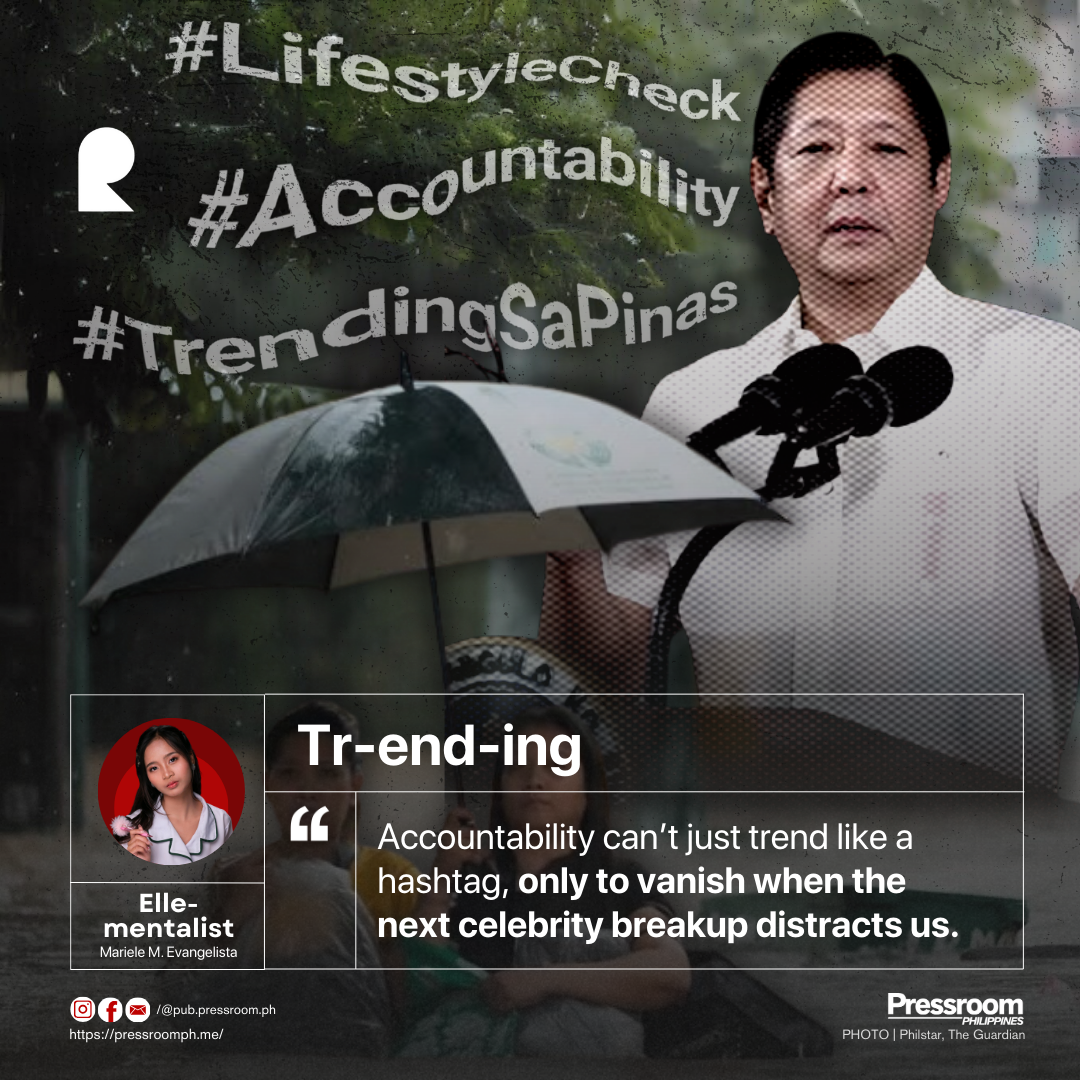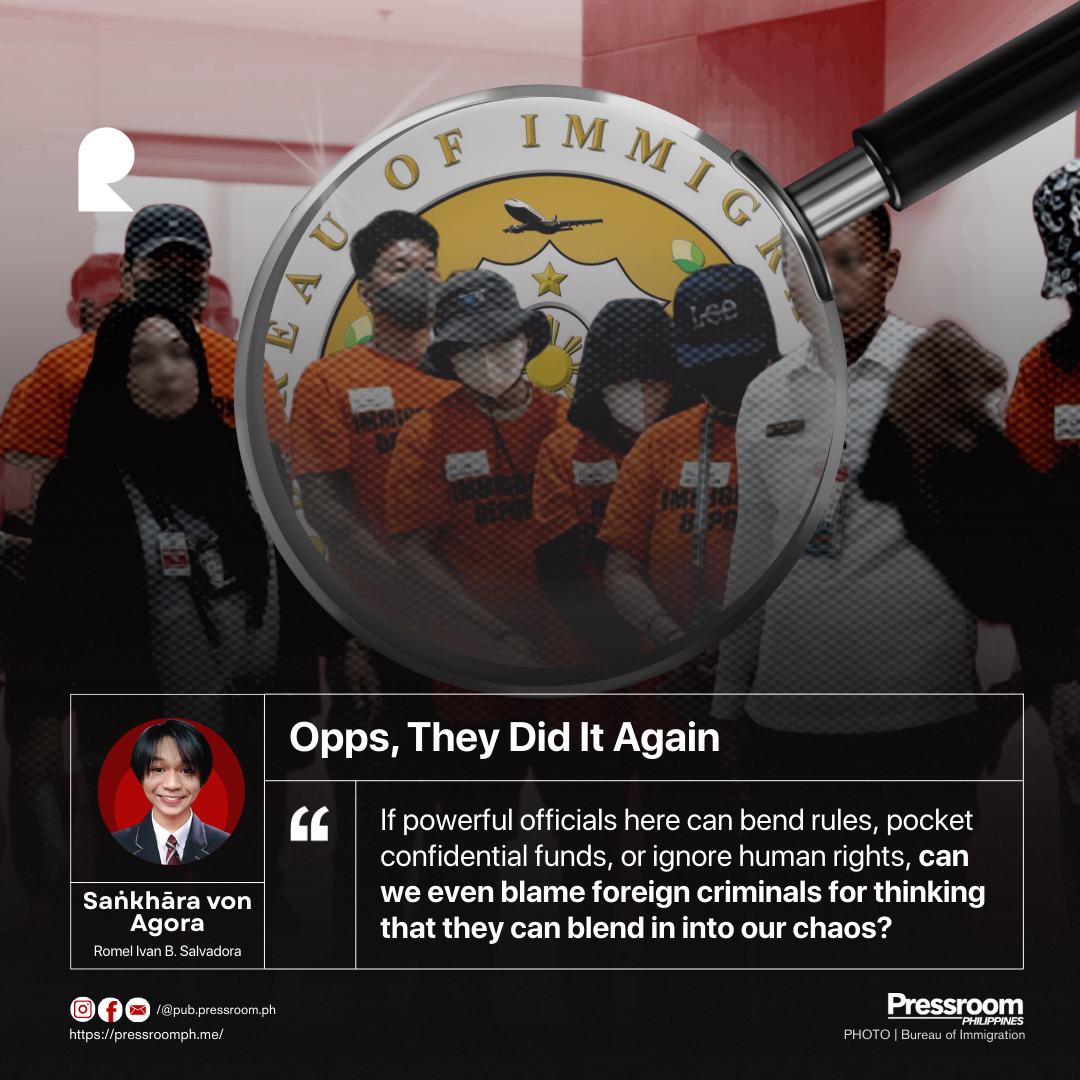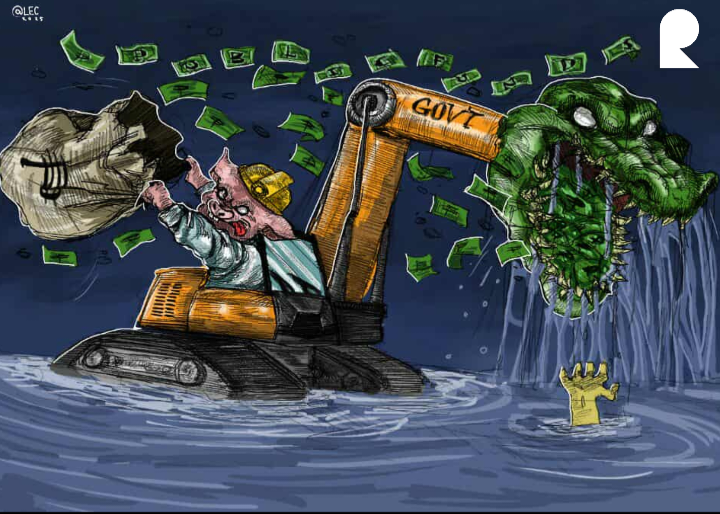𝘃𝗶𝗮 𝗔𝗹𝘆𝘀𝘀𝗮 𝗠𝗮𝗲 𝗣𝗲𝗹𝗲𝗴𝗹𝗼𝗿𝗶𝗼, 𝗣𝗿𝗲𝘀𝘀𝗿𝗼𝗼𝗺 𝗣𝗵𝗶𝗹𝗶𝗽𝗽𝗶𝗻𝗲𝘀
There is a sound that never leaves the cockpit.
It is not the flapping of feathers or the roar of a betting crowd. It is not even the sharp clash of talons. It is the pause right after, the breath held by hundreds as one rooster drops. That quiet moment, thick and final, is often missed beneath the noise that follows. Yet that is the sound I remember now. Not the chaos, but the stillness. Because that silence, brief in the ring, has echoed outside of it for far too long. And this time, it did not mark the end of a fight between animals—it marked the vanishing of men.
You may not have heard their names. But in 2021, 34 sabungeros disappeared without a trace.
The disappearances began in Manila, Laguna, and Batangas. The earliest was on April 28, 2021, when Ricardo Lasco, a sabungero and online agent, was abducted by armed men in San Pablo, Laguna. He was taken from his home, in front of his family, by individuals posing as NBI agents. No warrant. No trace. Days later, similar stories emerged. On January 6, 2022, eleven men from Manila Arena went missing. Two weeks after that, six more vanished in Laguna. On January 26, four men disappeared from a cockpit in Batangas. All of them were linked by a common thread: they were either bettors, handlers, or associated with online cockfighting operations.
One by one, in different towns and under different covers, they were erased.
They were not politicians. Not people you’d see on television. Not saints. They were men who walked in and out of cockpits, people you might have passed on your way to work, men whose names wouldn’t stop you in the street. Some were deeply involved in the billion-peso e-sabong industry that boomed during the pandemic. Some were there to make a living. Some to recover losses.
But to reduce them to gamblers is to erase the fact that before they made bets, they made breakfasts for their children. Before they stepped into arenas, they worked double shifts to pay rent. They were people trying to breathe in a country where breathing itself has become a gamble.
What followed was not just violence, but a disappearance machine. They were taken in broad daylight, often without a fight. The kidnappers came calm, prepared, wearing false uniforms, speaking with authority. CCTV captured plate numbers, but nothing happened. You’d think names and faces caught on camera would be enough. But families went from the barangay hall to the DOJ, from the police to Malacañang, and still they were told to wait. Investigations stalled. Agencies pointed fingers. And while debates on e-sabong filled news cycles, the people most hurt by it were left unheard. They were not just taken. They were forgotten while still missing.
Their families didn’t get to grieve in peace. They were given suspicion instead of support. They were asked, again and again, “Why are you still hoping?” But, how do you bury someone who hasn’t been found? How do you let go when no one has told you if they’re gone? They waited not for hope, but for something even heavier: an ending. Something final to name the grief.
But for years, the country looked away.
It looked away because these men weren’t rich enough to become a trend, or clean enough to mourn them without questioning. It looked away because their disappearances were inconvenient truths buried beneath the glitz of a billion-peso e-sabong industry. Their faces weren’t plastered on billboards or even read in evening prayers. They were printed in black and white, some stained with their family members’ tears. Some taped to gates, walls, and lamp posts where the wind could touch them Some photocopied and taped to police desks already covered in dust.
Until the lake spoke.
In June 2024, years after the first disappearance, one suspect confessed. He led authorities to Taal Lake. Divers, prepared for the worst, found it. Blue plastic drums. Human remains. Sandbags used to weigh them down. The bodies were stuffed, sealed, submerged. As if someone believed they could disappear forever.
As if someone thought the waters could forget. As if someone thought that the land around Taal, scarred by ash and silence, would hold their bodies without ever giving them back. But, the water remembers what the justice system did not. The land held what the country refused to see. It brought back what was buried. Not just bones, but the weight of everything the families carried alone. These were not random killings. They were executions carried out in methodical silence. The kind of silence that thrives when those responsible are protected. The kind of silence that tells you this wasn’t just crime—it was control.
It wasn’t only about cockfighting. It was about how disposable the poor are when money, crime, and influence intersect. As the cockpit was just the stage, because the real fight was happening far away from the ring. It happened in private conversations between syndicates and protectors. In decisions made by people who saw 34 men not as lives, but as loose ends. The cockpit was where the story began, not where it ended. And for too long, we confused the setting with the system.
Now the cockpit has gone quiet. Not because the game has ended, but because the silence grew too loud to ignore. It has gone quiet because even the feathers could no longer cover the blood of the men. So, I ask you to hold that silence and let it speak to you.
We must ask how we allowed four years to pass without their names being honored, without trials being held in courts, without justice moving for the poor. We must ask why it takes bones and remains for us to believe someone mattered. No one deserves to vanish. No one deserves to be buried beneath a lake. And no family should be waiting for something to speak before anyone listens.
Now that the cockpit has gone quiet, we must stop and hear what it is telling us. Not just that a crime happened, but that it was allowed to. Not just that people were taken, but that systems helped them disappear. Not just that bones were found, but that we should have been looking long before.
Because when the cockpit goes quiet, what remains is the truth, and the question:
Who else is missing while we are not looking? How many more must vanish before we call silence what it truly is: forsaking?
.png)





